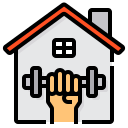
Improving Flexibility Through Yoga and Strength Workouts
Today’s chosen theme is Improving Flexibility Through Yoga and Strength Workouts. Welcome to a friendly, practical space where mobility meets muscle, breath shapes range, and progress feels personal. Join in, subscribe for weekly cues and challenges, and share your wins so we can grow flexible, strong, and resilient together.
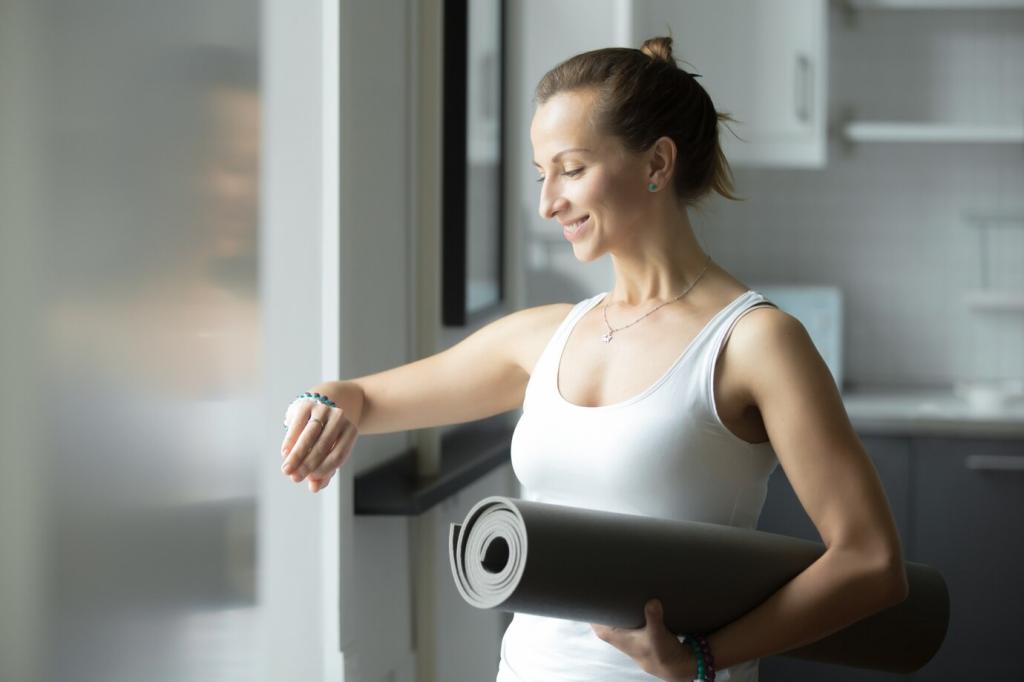
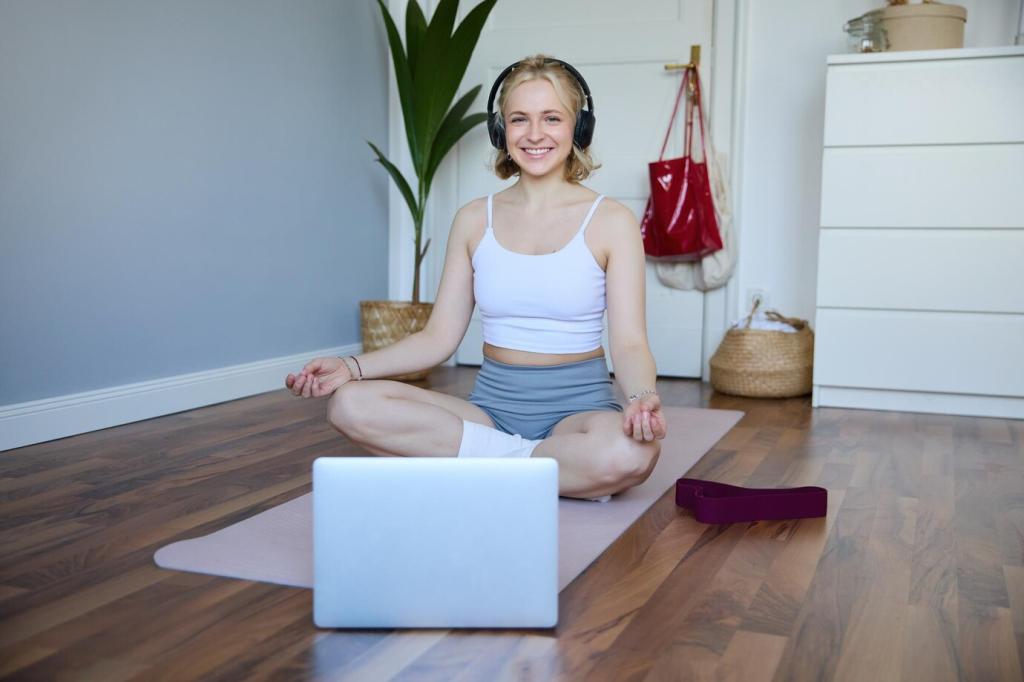
The Science of Strong, Lasting Flexibility
When you build strength at end ranges through slow eccentrics and isometrics, your tissues remodel and your brain trusts new motion. That trust keeps gains, reduces injury risk, and makes your mobility useful in real life, not just on a mat.
The Science of Strong, Lasting Flexibility
Yoga improves proprioception, breath control, and stretch tolerance, helping the nervous system downshift from guarded to cooperative. Pair that relaxation with targeted loading and you get range that sticks. Tell us which poses help you unwind most effectively after lifting.
Measure What Matters: Baselines and Milestones
Try a toe touch without bouncing, a 90-90 hip switch, shoulder flexion to the wall, and a 30-second deep squat hold. Note sensations, not just distances. Write them down and snap quick photos so improvements are undeniable, not imagined.

A Balanced Week: Flows, Lifts, and Breath
Spend 8-12 minutes on cat-cow, sun salutations, and controlled articular rotations for hips and shoulders. Keep it gentle, curious, and consistent. Set a timer, breathe through your nose, and post a quick clip if you want feedback on sequencing.

A Balanced Week: Flows, Lifts, and Breath
Lift two to three days weekly: squats, hinges, pushes, and pulls. Add slow eccentrics like Nordic hamstring curls or Jefferson curls with light loads. Finish with split squats emphasizing long positions. Respect tempo, manage effort, and log what your joints tell you.
Unlocking Hips and Hamstrings: Targeted Strategies
Loaded Lengthening for Hamstrings
Blend Romanian deadlifts and light Jefferson curls with slow 3-0-3 tempos. Pair with active sciatic nerve glides between sets and finish with a gentle forward fold. Start modestly, add tiny weekly increases, and celebrate wins like easier deadlifts or a deeper pike.
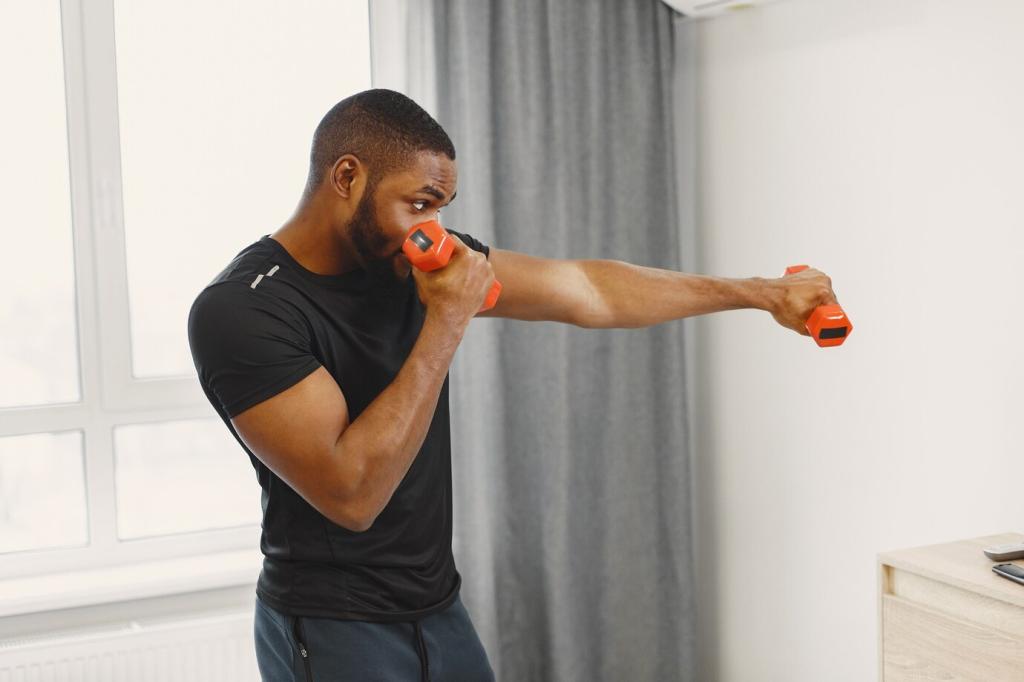

Inhales to Create Space, Exhales to Settle
Try 4-6 second inhales to widen the ribcage and 6-8 second exhales to soften bracing while holding a pose. Keep the jaw soft and breathe through the nose. Feel your back expand in child’s pose, then retest your forward fold calmly.
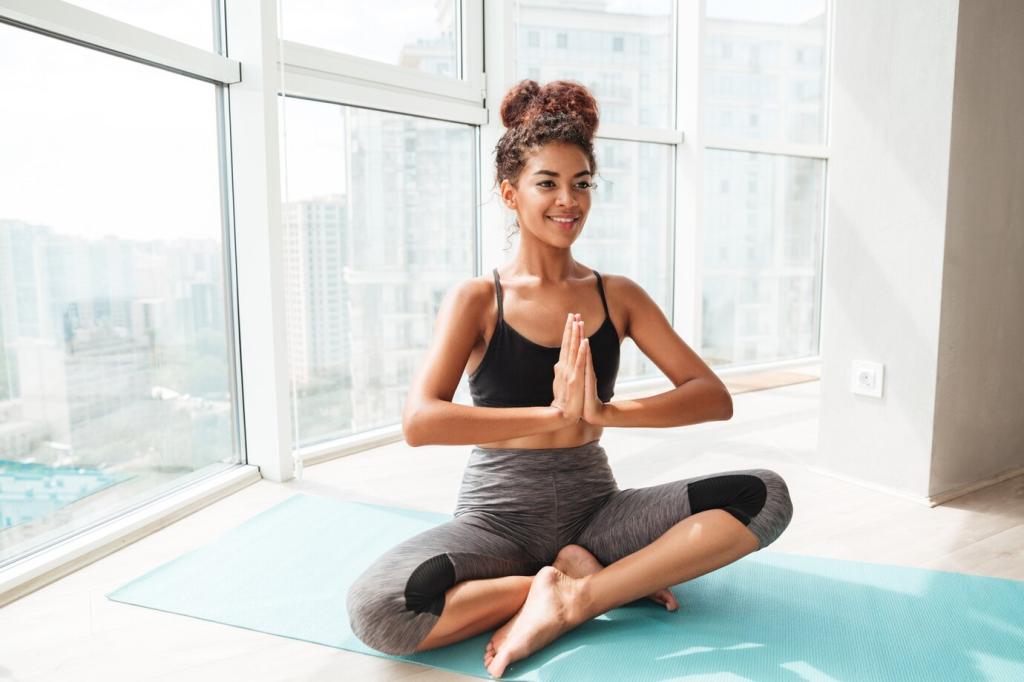
Downshift the Nervous System
After heavy sets, add two to five minutes of extended-exhale breathing, using a 1-2 inhale-exhale ratio. Lie on the floor with feet up a wall. No phone, just quiet attention. Notice heart rate slowing and shoulders melting before mobility finishers.
Recovery, Consistency, and Tiny Wins
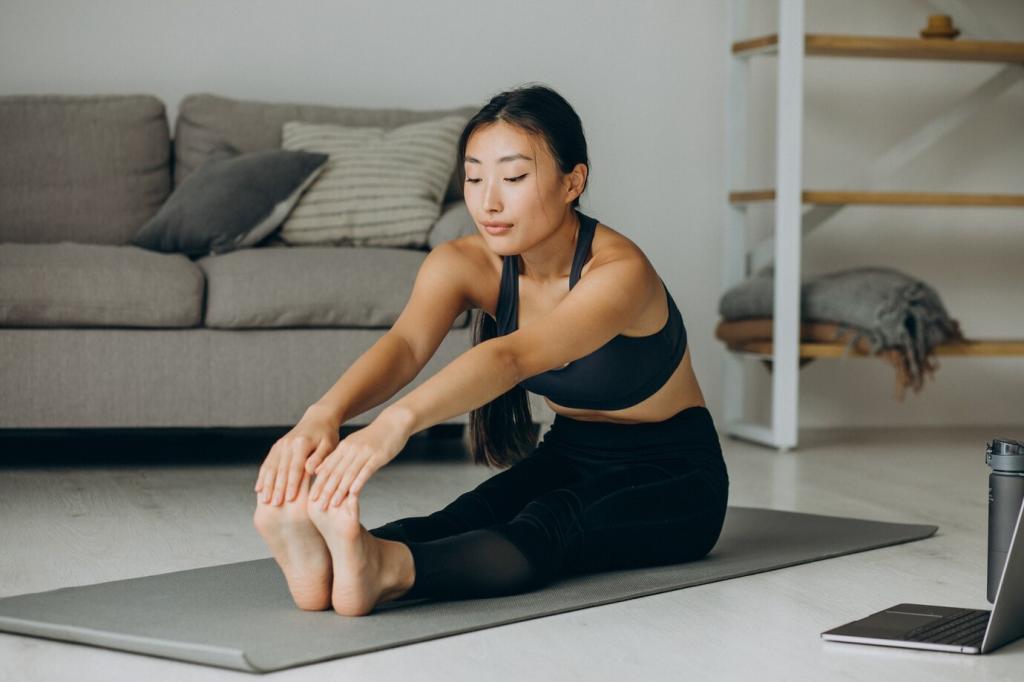
Sleep, Sunlight, and Collagen
Aim for 7-9 hours of sleep, morning sunlight, and consistent protein around 1.6-2.2 grams per kilogram daily. Hydrate, walk daily, and place vitamin C near collagen-focused work. These simple anchors make your new ranges feel easier and more repeatable.
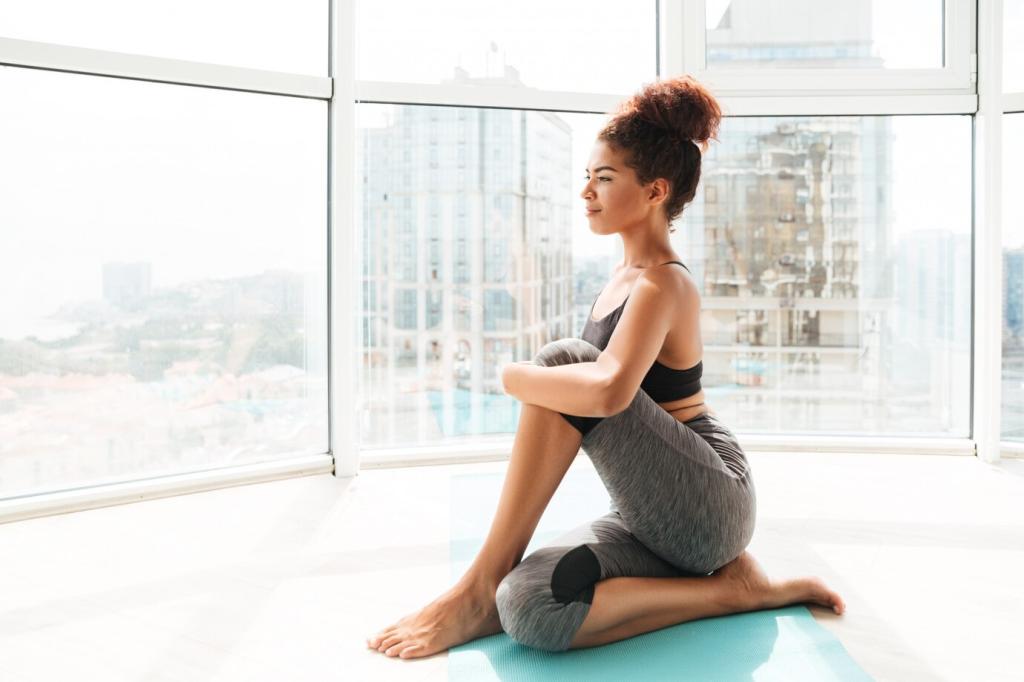
Deloads and Pain Signals
If pinchy pain lingers, reduce range, switch to mid-range isometrics, and consult a qualified professional when needed. Plan a lighter week every fourth week. Leave ego at the door, keep technique pristine, and trust that easing off accelerates long-term progress.
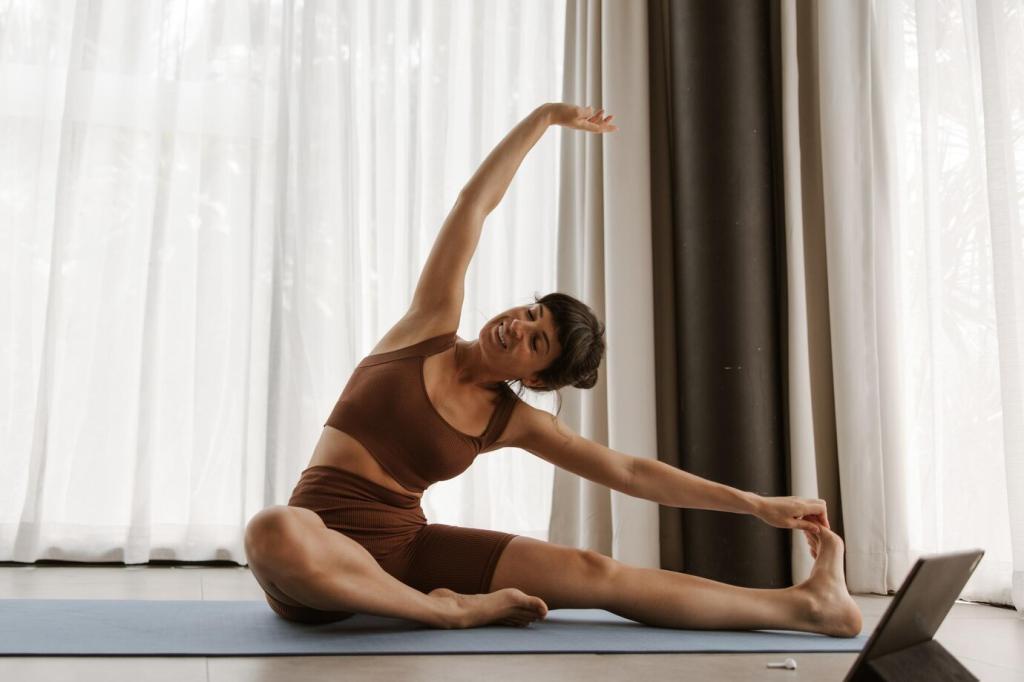
Accountability Loop
Pick a tiny anchor habit, like five slow Jefferson curl reps after brushing teeth. Track it on your calendar, share your streak in the comments, and subscribe for our monthly habit challenges that reward consistency over intensity.
